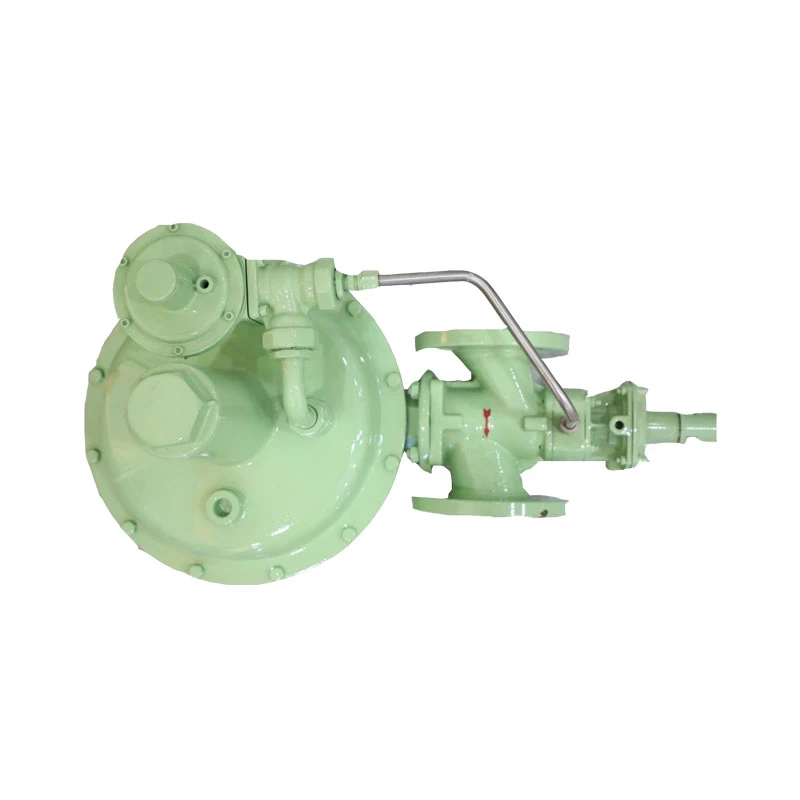
Dec . 26, 2024 04:13
Back to list
Natural Gas Distribution Station Overview and Operations Guide
Natural Gas Distribution Stations An Essential Component of Energy Infrastructure
Natural gas, a vital source of energy, has gained considerable traction in recent years as a cleaner alternative to other fossil fuels. The growth of the natural gas industry has led to the establishment of vital infrastructure systems, particularly natural gas distribution stations. These stations play an essential role in the delivery of natural gas from processing plants to end-users, including residential, commercial, and industrial customers.
A natural gas distribution station is responsible for regulating and converting natural gas into a useable form for various applications. The journey of natural gas begins in the extraction phase, where it is sourced from underground reservoirs. After extraction, the gas is transported via pipelines to processing facilities, where impurities and other undesirable components are removed. The processed gas, primarily composed of methane, is then sent to distribution stations that serve as pivotal points in the energy supply chain.
The primary function of a natural gas distribution station is to reduce the pressure of the gas before it enters the distribution network. Natural gas is typically transported through high-pressure pipelines over long distances. However, before the gas can be supplied to households and businesses, it must be reduced to a lower pressure through the use of pressure regulation stations. This ensures that the gas can flow safely and efficiently through the smaller distribution lines that lead to individual customers.
محطة توزيع الغاز الطبيعي

Aside from pressure regulation, natural gas distribution stations contain various other critical components, including flow meters, odorization systems, and safety equipment. Flow meters measure the volume of gas being delivered, allowing utility companies to monitor usage and manage supply effectively. Odorization is a crucial safety procedure where an odorant is added to the otherwise colorless and odorless natural gas, providing a distinct smell that alerts customers to potential leaks. Moreover, distribution stations are equipped with safety devices such as shut-off valves and emergency shutdown systems to minimize risks associated with gas leaks or other emergencies.
The infrastructure of natural gas distribution stations also supports the need for maintenance and monitoring. Regular inspections and maintenance ensure the integrity of the equipment and pipelines, reducing the likelihood of leaks and providing peace of mind to users. Modern technology, including remote monitoring systems and smart meters, is increasingly being integrated into these stations to improve efficiency and safety. Such innovations allow for real-time data collection and analysis, enabling quick responses to any anomalies detected in gas flow or pressure.
Natural gas distribution stations are not only critical from a supply chain perspective but also play a significant role in the broader context of energy policy and the environment. The transition to natural gas as a primary energy source supports global efforts to combat climate change due to its lower carbon emissions compared to coal and oil. As countries commit to reducing greenhouse gas emissions, the demand for infrastructure that supports cleaner energy sources, including natural gas distribution stations, is likely to grow.
In conclusion, natural gas distribution stations are an integral part of the energy infrastructure that enables the safe and efficient delivery of natural gas to consumers. From regulating pressure to ensuring safety and reliability, these facilities play a multifaceted role in the energy supply chain. As the world increasingly turns towards cleaner energy solutions, the importance of natural gas distribution stations will only continue to rise, cementing their place in the modern energy landscape. Investing in this infrastructure not only supports economic growth but also aligns with global sustainability goals, paving the way for a cleaner and more secure energy future.
Next:
Latest news
-
Safety Valve Spring-Loaded Design Overpressure ProtectionNewsJul.25,2025
-
Precision Voltage Regulator AC5 Accuracy Grade PerformanceNewsJul.25,2025
-
Natural Gas Pressure Regulating Skid Industrial Pipeline ApplicationsNewsJul.25,2025
-
Natural Gas Filter Stainless Steel Mesh Element DesignNewsJul.25,2025
-
Gas Pressure Regulator Valve Direct-Acting Spring-Loaded DesignNewsJul.25,2025
-
Decompression Equipment Multi-Stage Heat Exchange System DesignNewsJul.25,2025

